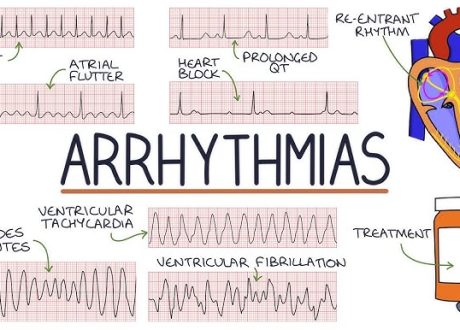Written by Laura Murphy
We’re trying something new! Watch quick videos, with my personal take on the articles we cover each week and more! Here’s the JournalFeed YouTube channel link. ~Clay

This ACEP Clinical Policy examined four specific clinical questions related to ED management of acute ischemic stroke, which are summarized below.
Brain-Busters: Some key critical questions for stroke management
- Can a clinical decision instrument be used to identify patients who have a large vessel occlusion (LVO) on CT angiography (CTA) or magnetic resonance angiography (MRA)?
At present, the Los Angeles Motor Scale (LAMS) and Rapid Arterial Occlusion Evaluation Scale (RACE) have the largest quantity and highest quality of research to support their use. Both the Vision-Aphasia-Neglect (VAN) and ambulance clinical triage for acute stroke treatment (ACT-FAST) show great promise, though they have yet to be externally validated. These decision aids have variable sensitivity and specificity to predict LVO, and incorporation of these aids may vary based on objectives of individual health care systems.
- Does the addition of perfusion imaging to CTA or MRA identify patients more likely to benefit from endovascular thrombectomy (EVT)?
While there have not been randomized trials of EVT with versus EVT without perfusion imaging, advanced imaging to identify volume of infarcted and hypoperfused brain tissue is generally associated with better outcomes. Based upon this, the group recommends (Level C) obtaining CT or MR-based perfusion imaging in patients with acute ischemic stroke due to LVO, especially for patients with last known normal between 6 to 24 hours.
- Is Tenecteplase safe and effective compared with alteplase when given for acute ischemic stroke?
There is a level B recommendation to use either tenecteplase (at 0.25 mg/kg, max dose 25 mg) or alteplase in patients who qualify for thrombolysis. Multiple studies have shown either improvement in early neurologic outcomes or no difference between tenecteplase and alteplase, with no difference in safety.
- Are there history or physical exam findings that can risk stratify for acute ischemic stroke in patients presenting with acute vertigo?
Expert consensus (level C recommendation) recommends using specific findings, including ABCD2 score, ocular motor exam, presence of additional neurologic deficits, and HINTS exam to help risk stratify patients with a possible stroke; however, data are limited, and these should not be used in isolation. It is important that physicians have sufficient education to perform exam maneuvers such as HINTS exam.
How will this change my practice?
This clinical policy summarizes and supports many practices surrounding ED management of ischemic stroke and highlights some areas where additional studies are likely to provide further guidance.
Source
Clinical Policy: Critical Issues in the Management of Adult Patients Presenting to the Emergency Department With Acute Ischemic Stroke. Ann Emerg Med. 2023 Aug;82(2):e17-e64. doi: 10.1016/j.annemergmed.2023.03.007.










